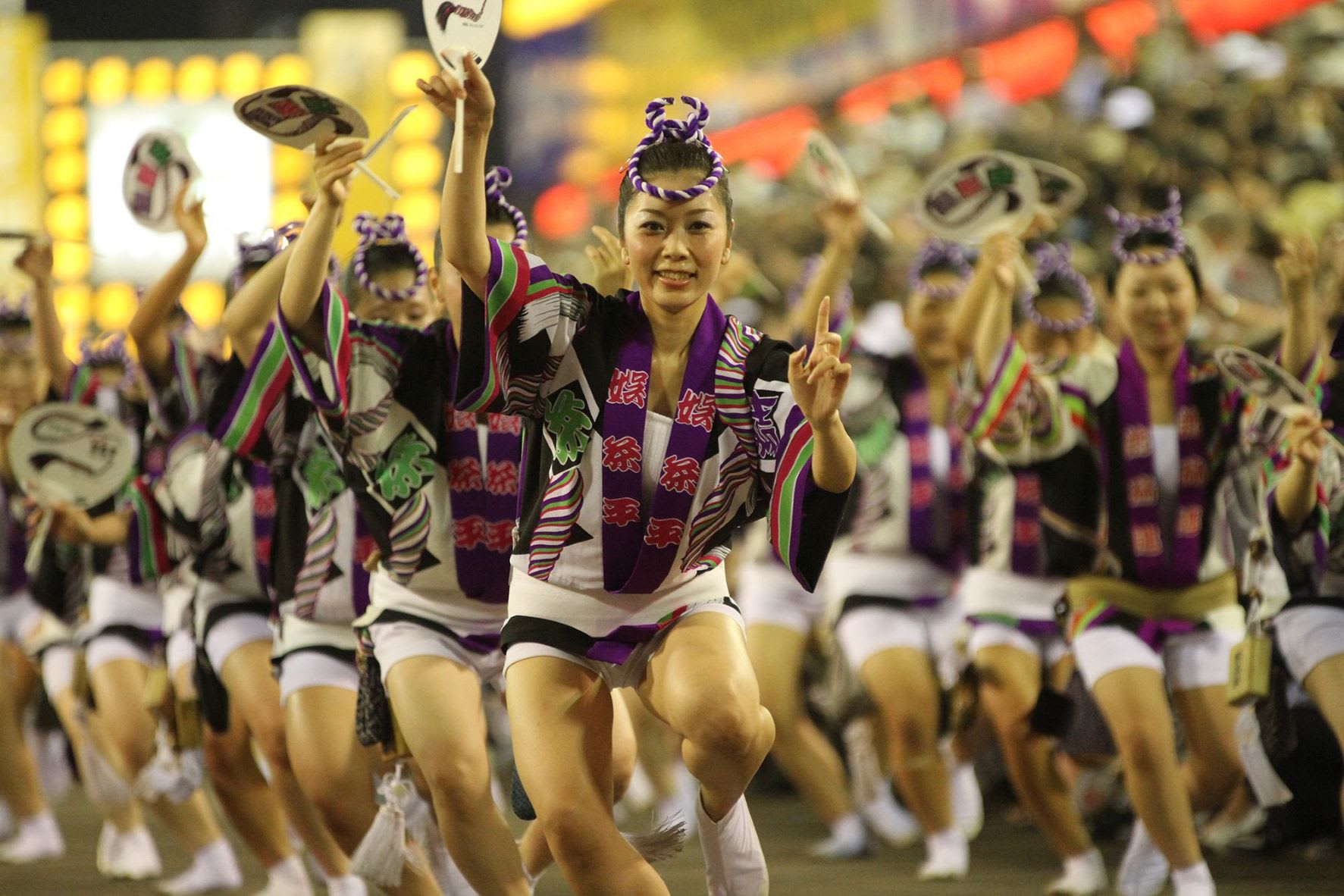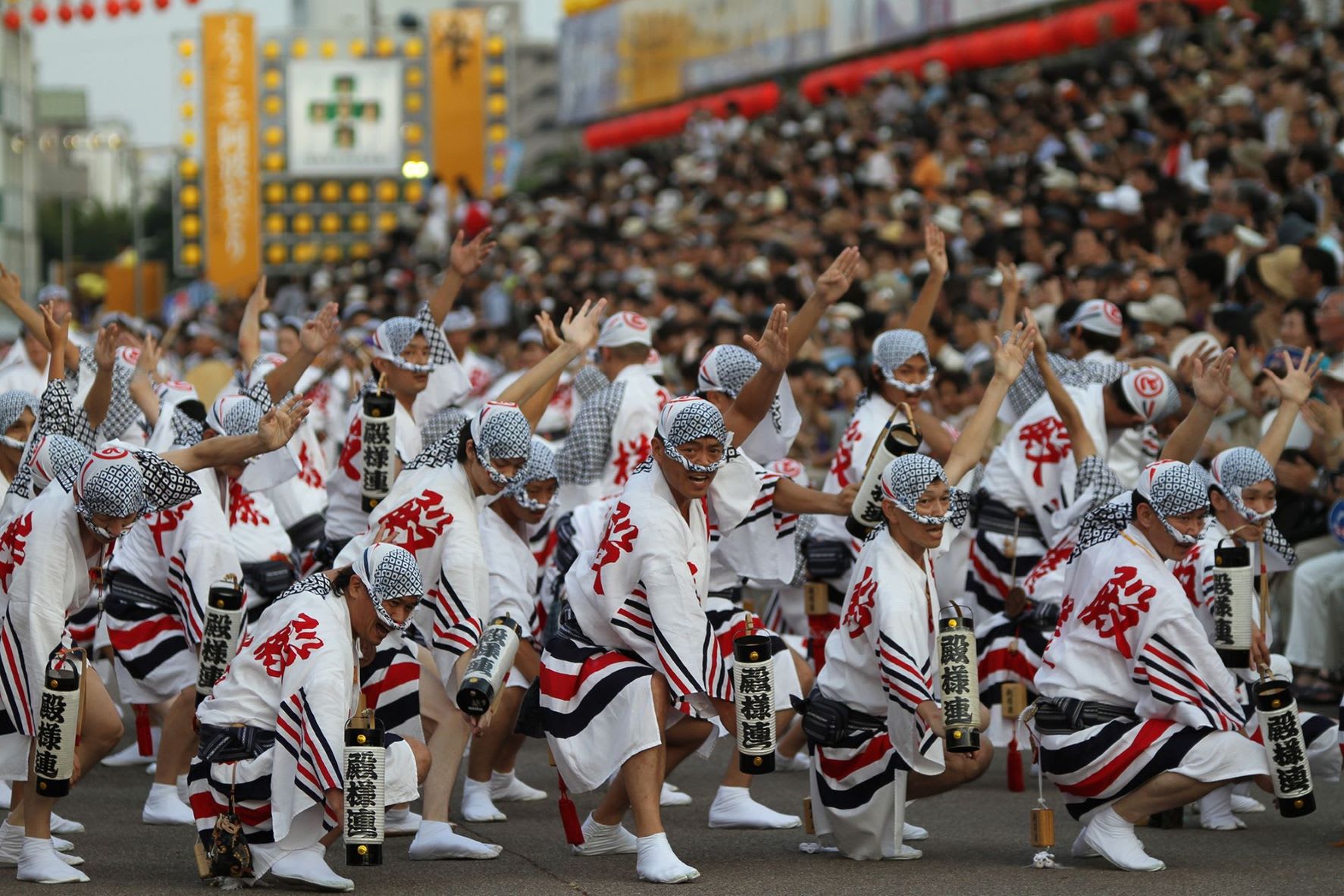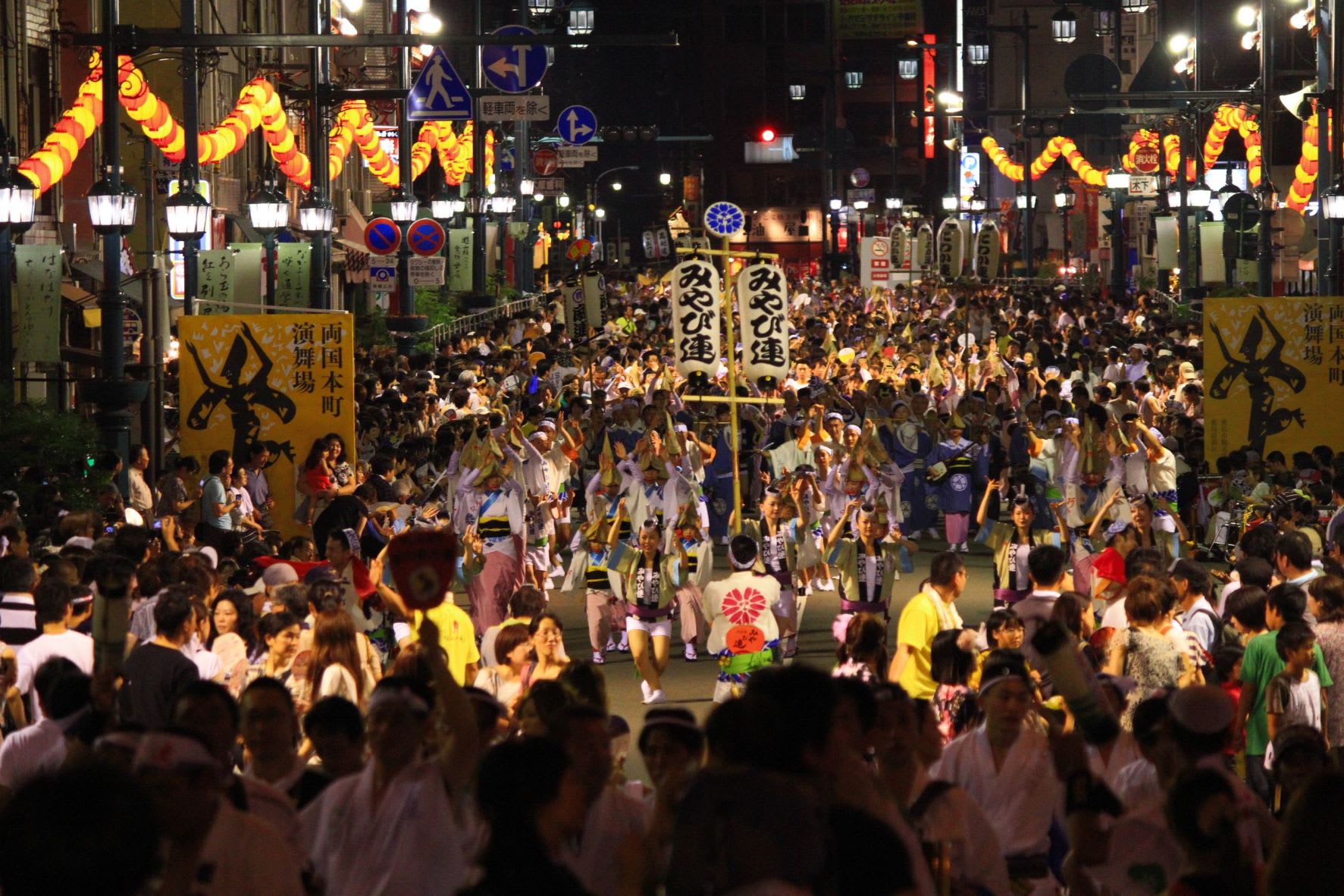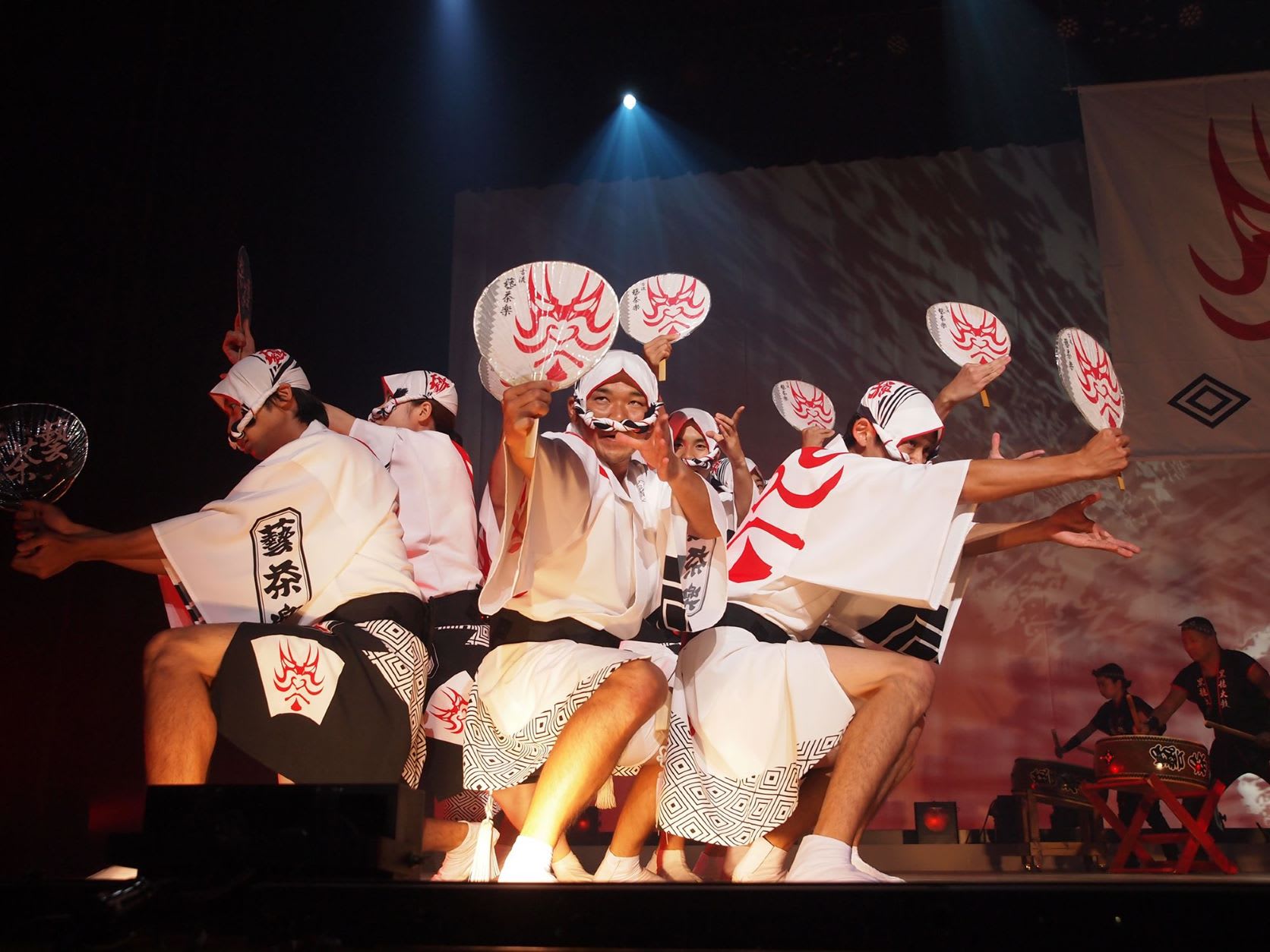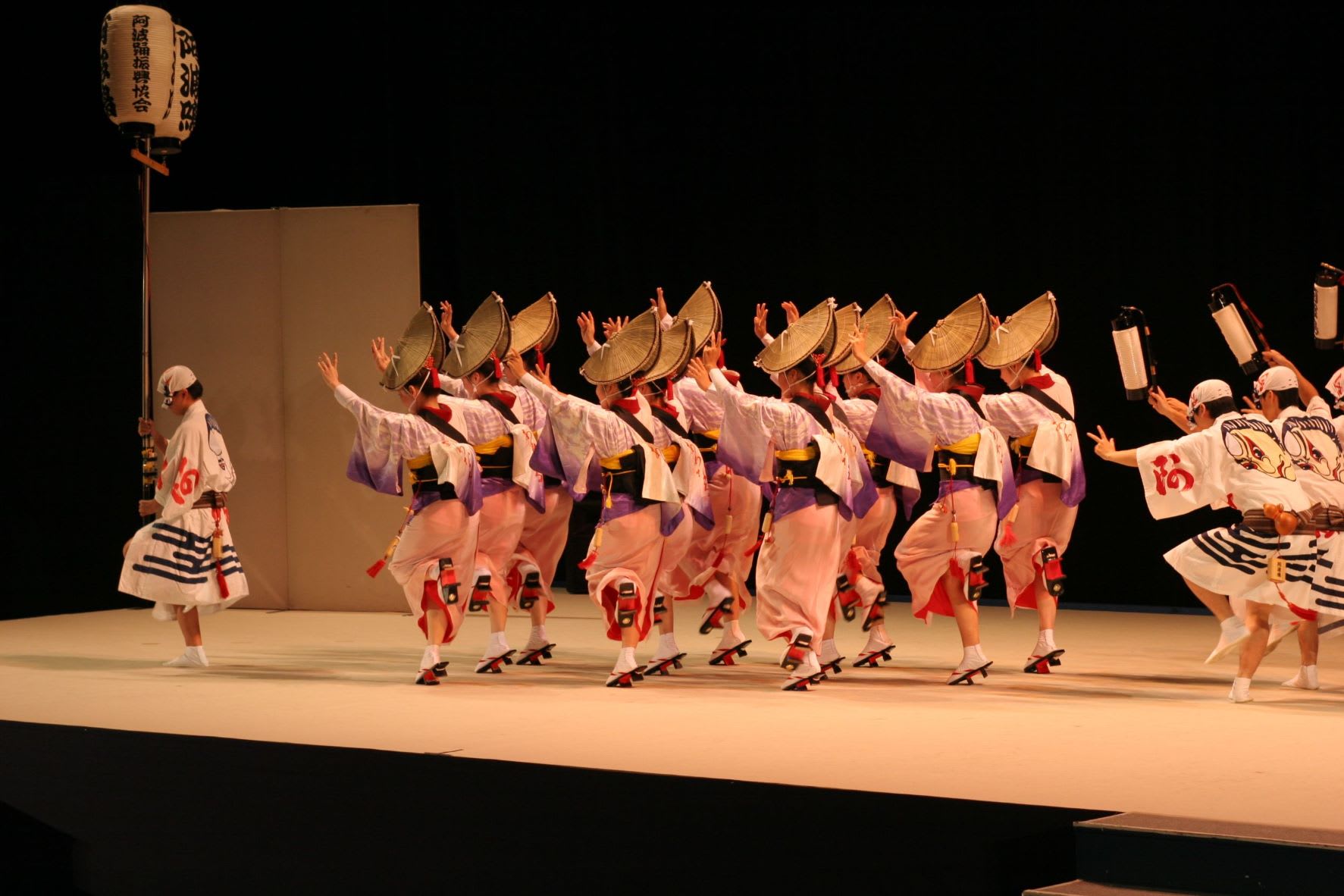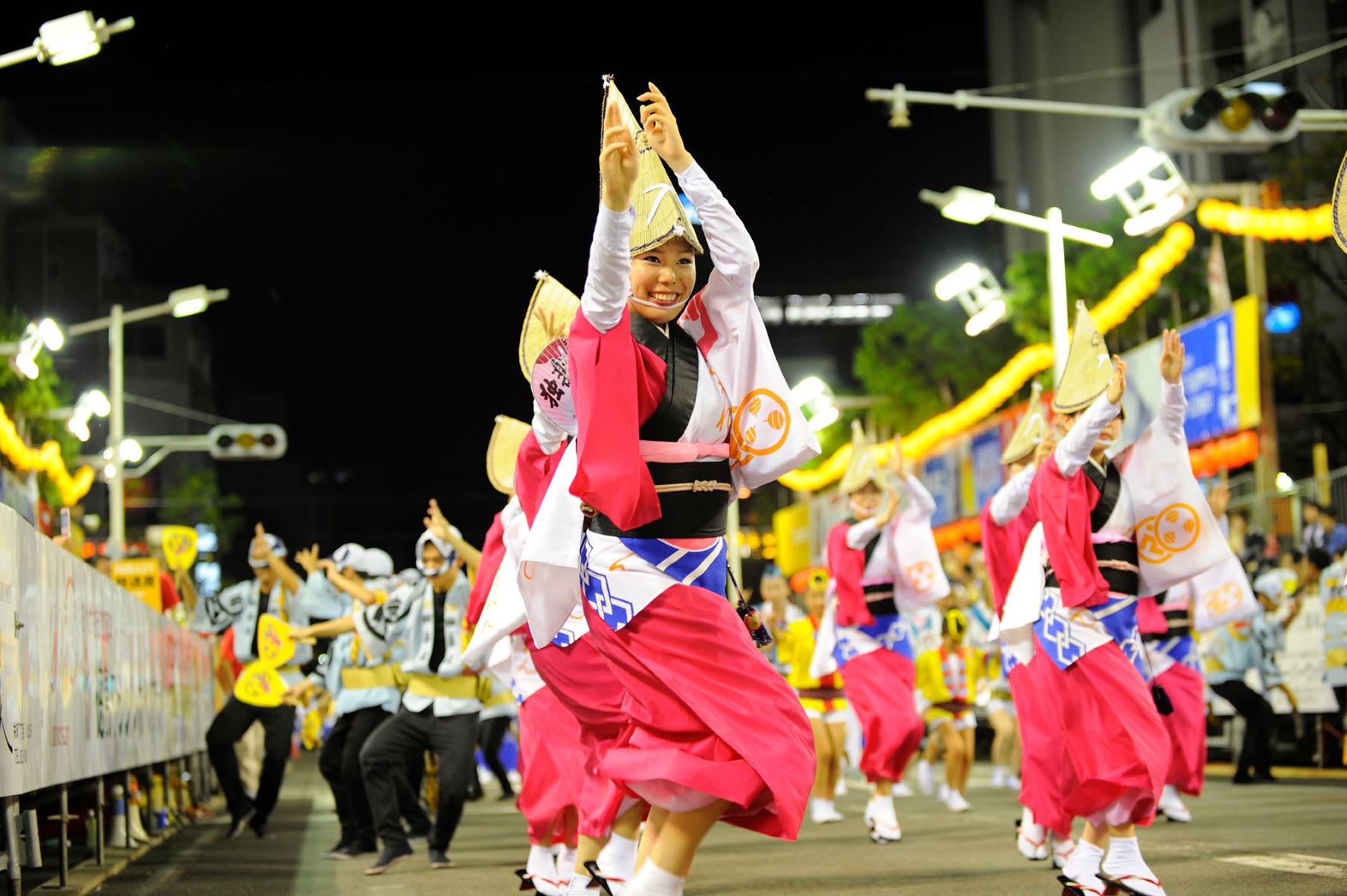Awa Odori (Awa Dance) is a world-class traditional performing art with a history of over 400 years. In Tokushima City, the eve of the festival is held on August 11 every year. Then, from the 12th to the 15th, a wild dance is performed at stages and other locations throughout the city. Awa Odori is one of the most popular festivals in Japan, attracting many tourists from not only within Japan, but also from abroad. The synchronized dancing to the sounds of shamisen, gongs, drums, and other musical instruments is truly breathtaking.
Highlights
-
1
8/11 Selection (Senbatsu) Awa Odori Festival Eve
Held on August 11th, the day prior to the main festival, the Festival Eve performance can be viewed at "Asty Tokushima". The specially selected members will give a performance that can only be experienced on this stage on this day. Whether you are an Awa Odori fan or not, it is a must-see!
-
2
8/12~15 Selection (Senbatsu) Awa Odori
These Awa Odori performances are held during the day at a hall in Tokushima City. With highly polished routines, these Awa Odori have a different flavor than the outdoor performances.
-
3
8/12~15 Awa Odori
At night, numerous dancers perform the Awa Odori at various stages across Tokushima City. The entire central city area of Tokushima City is filled with exciting dancing and cheering.
Details
Designated Spectator Areas (Enbujo) & Seats (Sajiki)
The places to see the Awa Odori are called "enbujo" (designated spectator areas). The seats for spectators are called "sajiki", and they are set up along the road where the performers dance. There are both paid and free seats, with paid tickets being sold online.
Awa Odori Origin Theory ①
There is a theory that the Awa Odori originated when people danced to celebrate the completion of Tokushima Castle by Iemasa Hachisuka in 1587.
Awa Odori Origin Theory ②
A second theory suggests that the Furyu Odori dance held by Masayasu Sogo at Shozui Castle in 1578, as written in the Miyoshiki of 1663, was the prototype for the Awa Odori.
Awa Odori Origin Theory ③
A final theory states that the Awa Odori dance originated from the Bon Odori dances held in July of the ancient calendar.
Paid Stages (Aibahama, Minami Uchimachi)
Usually, prices are set for S, A, B, and C seats. The Aibahama Enbujo is the closest to JR Tokushima Station and has many street vendors. The Minami Uchimachi Enbujo has special seats where you can watch the dance from the front.
Free Stages (Ryogoku Honmachi, Shinmachibashi)
At 170 meters, the Ryogoku Honmachi Enbujo is the longest of all the enbujo! The Shinmachibashi Enbujo is a popular stage that is adjacent to the Higashi Shinmachi shopping and entertainment district.
Dance Plazas (Shinmachibashi Higashi, Ryogokubashi Minami, Amico Dome, Civic Center Sakura Hall)
You will find dancers everywhere - on semicircular stages set up by the river or in parks, in shopping streets, on bridges, etc. You can buy what you like at the food stalls and enjoy eating and walking around, stopping wherever you feel like.
Map/Access
Nearby Recommendations
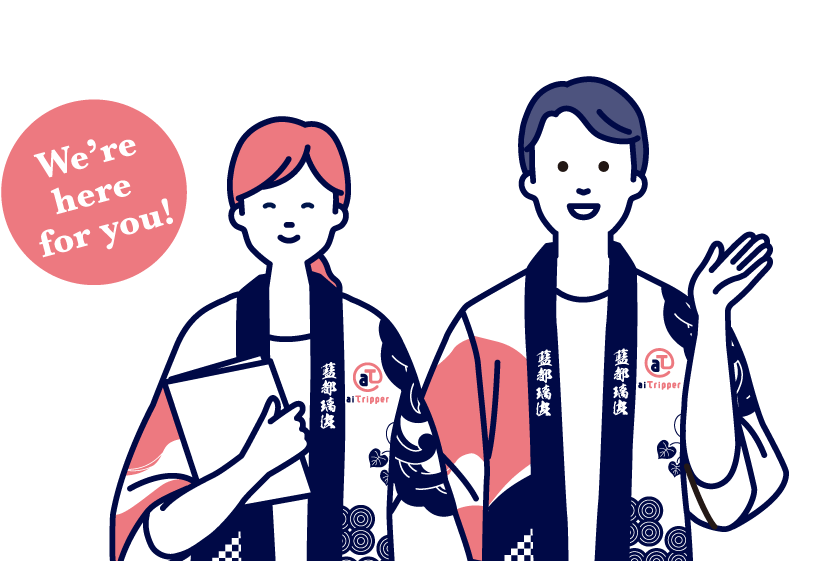
Trip Planner
We can prepare a personalized trip based on where you would like to go and what you would like to do.
Feel free to send us an inquiry.
*A fee may be charged depending on the inquiry content.


 0
0 